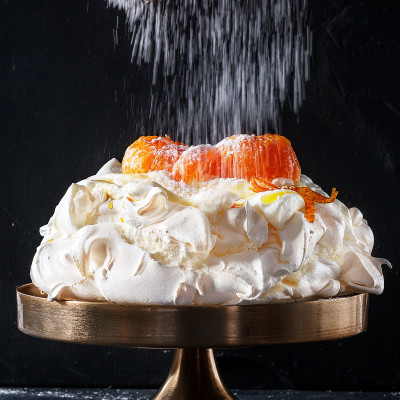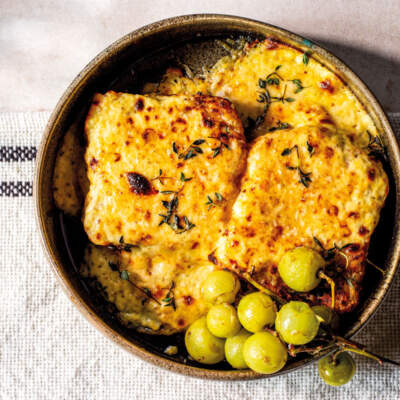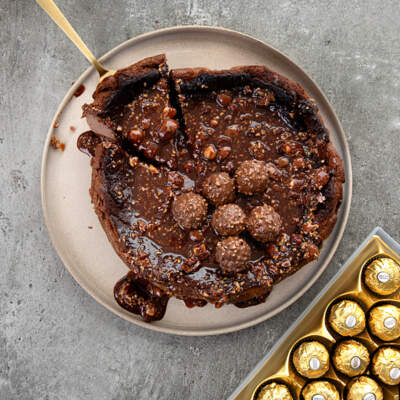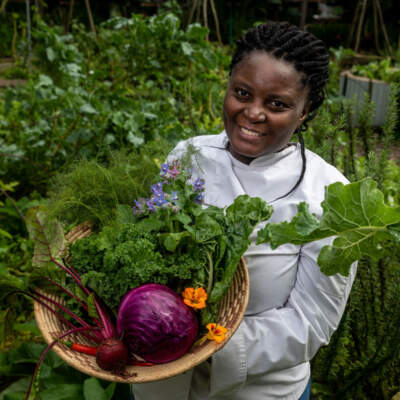How to make self-raising flour
Ready to bake only to discover you’ve run out of self-raising flour? We’ve got you covered.
What is self-raising flour?
Self-raising flour is essentially plain cake flour with an amount of raising agent (or baking powder) already added to it. In the U.S, self-raising flour has additional salt added to it, but in South Africa, there isn’t. If you’re ever in a pinch, you can simply make your own by combining plain flour with baking powder (ratios explained at the bottom).
Why would I use self-raising flour?
While it might seem silly to have self-raising flour and plain cake flour in your cupboard, the two do serve slightly different purposes. Plain flour is often used in recipes with heavier batters, to which baking powder would be added separately and likely in higher quantities. Self-raising flour is used for quick bakes such as muffins, scones and flapjacks, as the raising agent is already evenly combined with the flour and guarantees a stable rise.
How to check if your baking powder is still fresh
You might be surprised to find that baking powder doesn’t last forever. Depending on how you’ve stored it, it might only last 6 months to a year, after which time it won’t work as effectively. While the packet will have an expiration date, you can also check the freshness of baking powder by adding a teaspoon or two of it into hot water. If it fizzes, it’s still fresh and ready to use.
Method
Make your own self-raising flour by combining 150 g (1 cup) of plain flour with 2 t baking powder. Whisk well to ensure it's evenly distributed and then continue as recipe instructs.







Comments